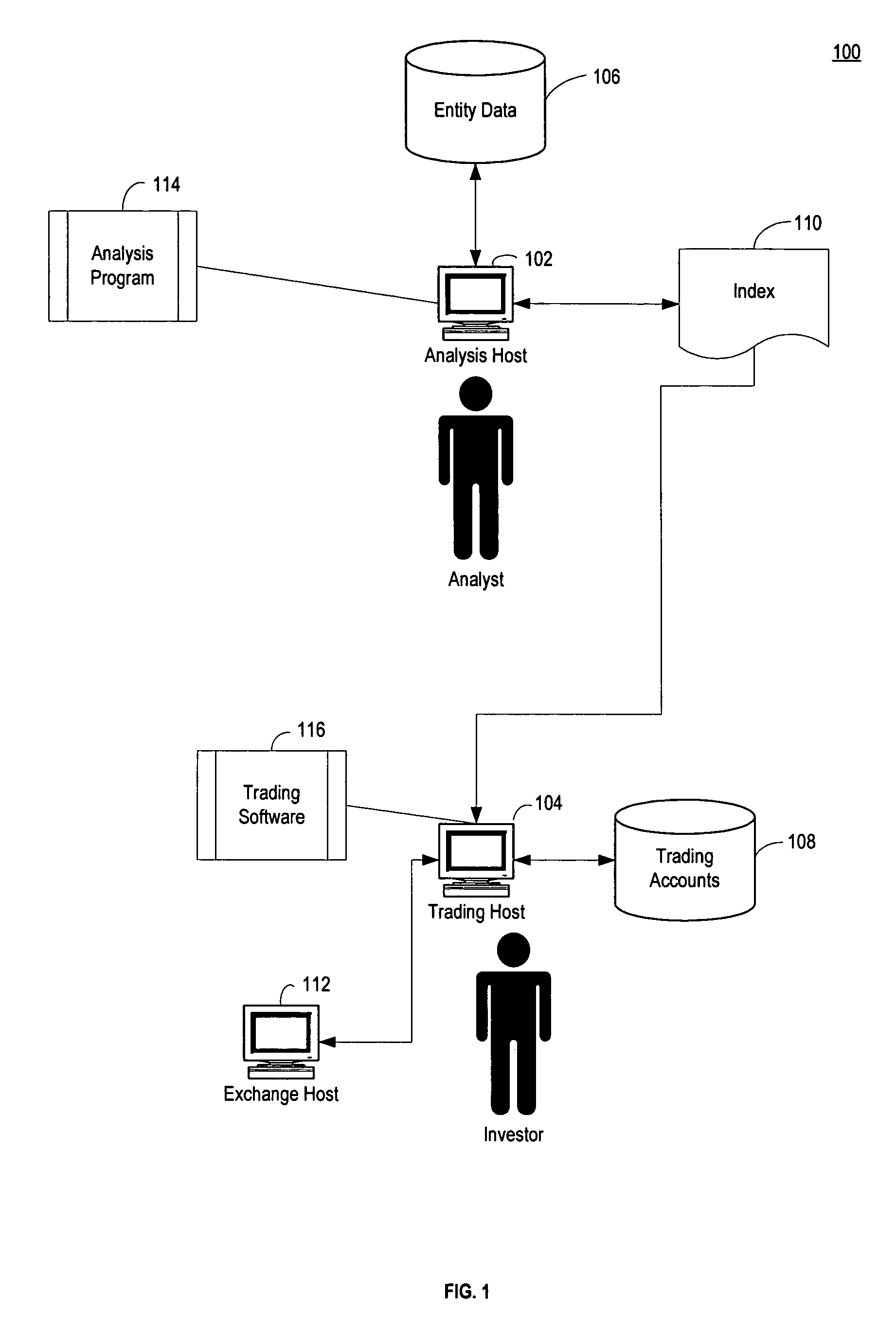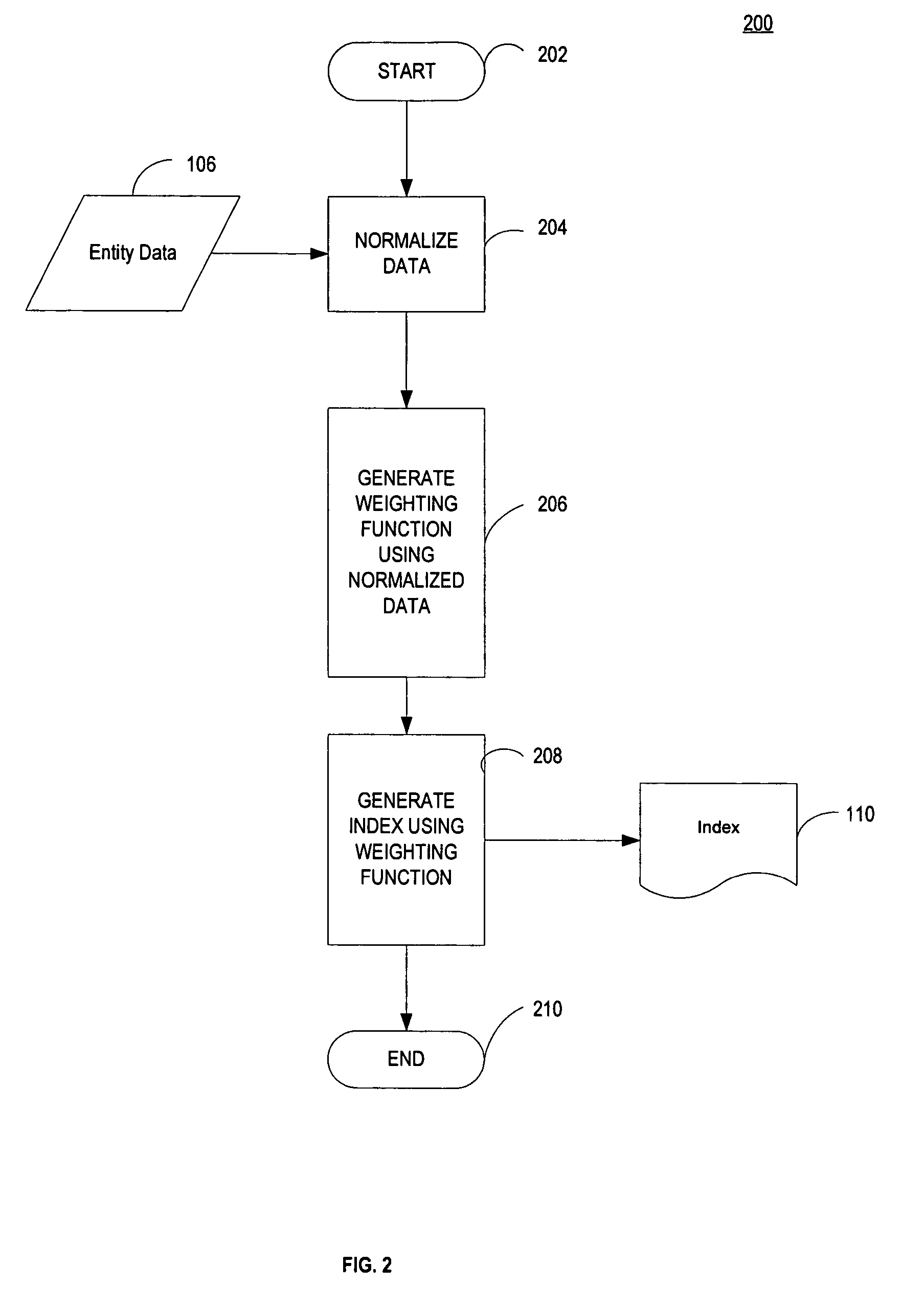Using accounting data based indexing to create a portfolio of assets
a technology of accounting data and indexing, applied in the field of securities investing, can solve the problems of unfavorable investment returns, unnecessary volatility, cap-weighted passive indexes, etc., and achieve the effects of avoiding the inherent valuation bias of cap-weighted indexes, effective limiting portfolio risk, and low turnover
- Summary
- Abstract
- Description
- Claims
- Application Information
AI Technical Summary
Benefits of technology
Problems solved by technology
Method used
Image
Examples
Embodiment Construction
[0067]Various exemplary embodiments of the invention are discussed in detail below including a preferred embodiment. While specific implementations are discussed, it should be understood that this is done for illustration purposes only. A person skilled in the relevant art can recognize that other components, configurations, accounting data, and ratios may be used without parting from the spirit and scope of the invention.
[0068]An exemplary embodiment of the invention may be implemented on a computing device(s), processor(s), computer(s) and / or communications device(s).
[0069]The computer, in an exemplary embodiment, may comprise one or more central processing units (CPUs) or processors, which may be coupled to a bus. The processor may, e.g., access main memory via the bus. The computer may be coupled to an input / output (I / O) subsystem such as, e.g., but not limited to, a network interface card (NIC), or a modem for access to a network. The computer may also be coupled to a secondary...
PUM
 Login to View More
Login to View More Abstract
Description
Claims
Application Information
 Login to View More
Login to View More - R&D
- Intellectual Property
- Life Sciences
- Materials
- Tech Scout
- Unparalleled Data Quality
- Higher Quality Content
- 60% Fewer Hallucinations
Browse by: Latest US Patents, China's latest patents, Technical Efficacy Thesaurus, Application Domain, Technology Topic, Popular Technical Reports.
© 2025 PatSnap. All rights reserved.Legal|Privacy policy|Modern Slavery Act Transparency Statement|Sitemap|About US| Contact US: help@patsnap.com



